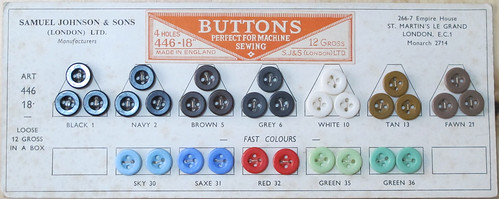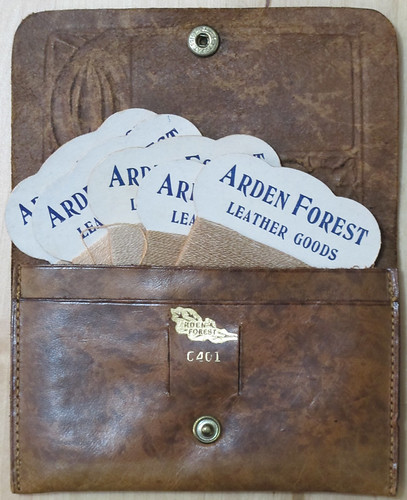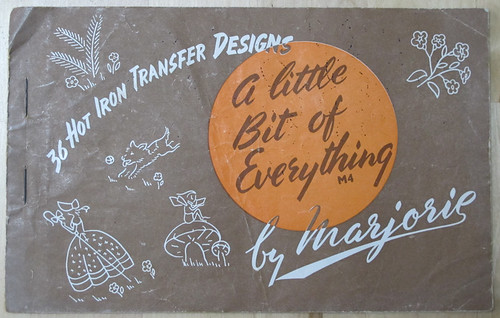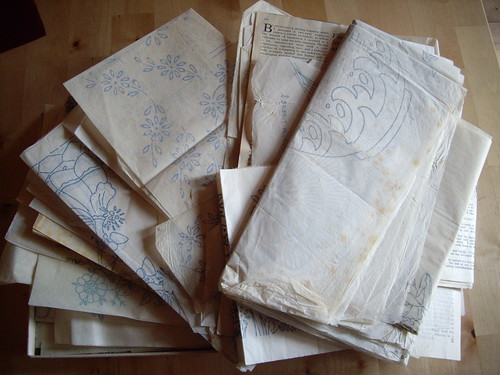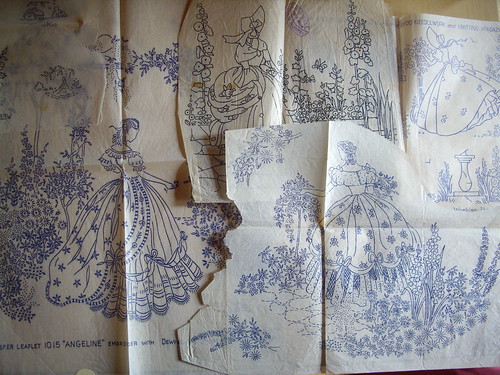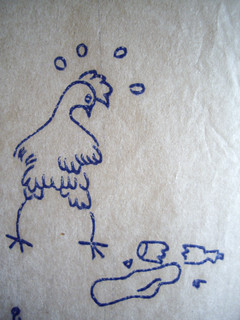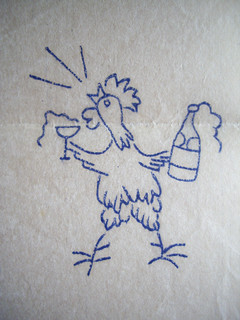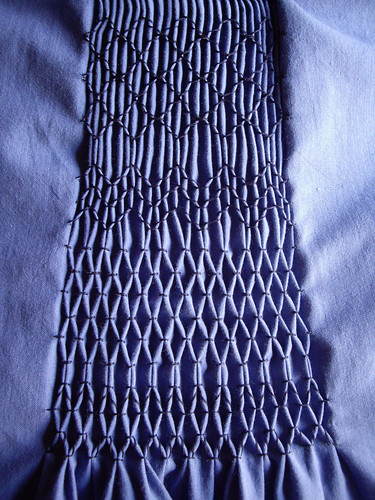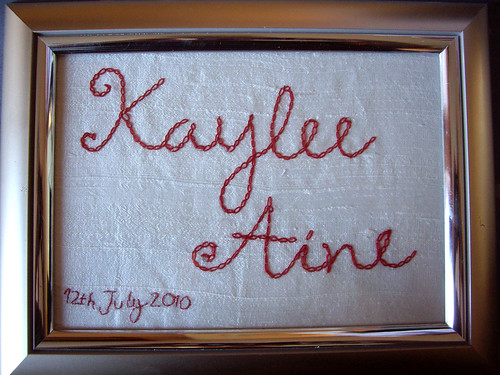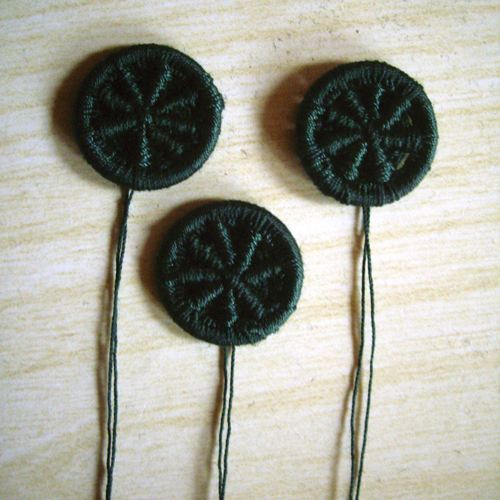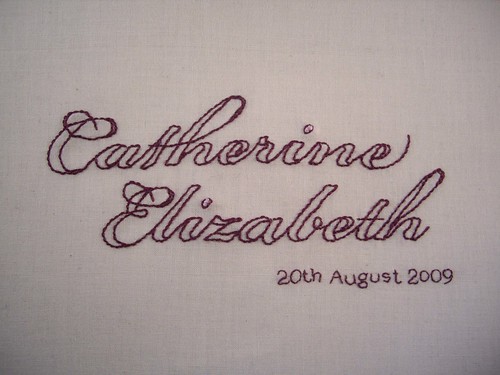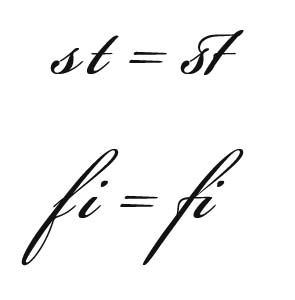Today I came to the startling realisation that my mountain of vintage haberdashery isn’t going to sell itself whilst sitting in a box in my sewing room, so I thought it was about time I listed at least some of it on Etsy!
Above you can see a lovely button sample card, and there’s also another sample card with metal buttons, hooks and buckles.
This is the one thing that I was really tempted to keep – a gorgeous little leather pouch with five cards of thread especially for mending stockings! The front of the pouch is embossed with gold writing which says “troubles are ended when they are mended”. I did keep one card which has multiple shades of stocking-thread on it in actual stocking colours (like the ones above), and one which has the most gorgeous pastel colours for mending your silk lingerie. Some things are just too lovely to part with!
Also on the “I can’t believe I’m letting this go” list are an enormous folding needle case, and two pretty little card ones.
My enormous stash of embroidery transfers are also looking for a good home – this time as a job lot of around 100 sheets. The oldest one in the collection is the lovely Crinoline Lady above, who is conveniently marked May 1939. The rest are a mixture of 40s, 50s and 60s, mostly pulled out of an assortment of needlework magazines. I’ve been taking them out to craft stalls in an enormous great folder, to very little interest, and to be honest I just couldn’t face the thought of listing every single transfer individually. So a job lot it is! I have kept an envelope full of transfers for myself – mostly the ones that had been torn or cut out in places, or written on, or traced. I also kept a few of the smaller designs, as well as the drunken chickens, of course. I’m never going to part with those!
Also on the embroidery front, there are two little books of transfers, and a catalogue for already-printed linens. The booklet above features designs for children, so there are Nursery Rhyme characters and little cartoon animals. There’s another which was free with “People’s Friend” magazine, which is also tiny designs but mostly florals.
This one, if I’d been organised, probably would have been snatched up in seconds flat if I’d managed to get around to selling it last year in time for the Jubilee! It’s a really gorgeous 1953 transfer set for making Coronation Brooches, never even been unfolded. I couldn’t get a proper photo of the actual transfer sheet, because it seemed a shame to take it out of the original staple for the sake of a picture! Hopefully it’ll be appreciated in its pristine state.
If you’re not terribly interested in royalty, but happen to like dogs, birds, flowers or yachts, there’s another set containing exactly those designs.
And of course, there’s just one Mystery Haberdashery Box left, just waiting for somebody to be brave enough to snap it up! Mind you, if the thing you really wanted from the box was the slightly frightening plastic doll face, you can now buy the last remaining few all in one go.
I’ve got a couple of stalls coming up over the next couple of months, and I’ve been doing a lot of thinking about the INEXPLICABLE EMPORIUM and what I do and don’t want to include in it. Just for once I haven’t been doing that thinking out loud (hence my somewhat sporadic appearances here), but I can tell you that I’m hoping to be around a bit more often from now on.

